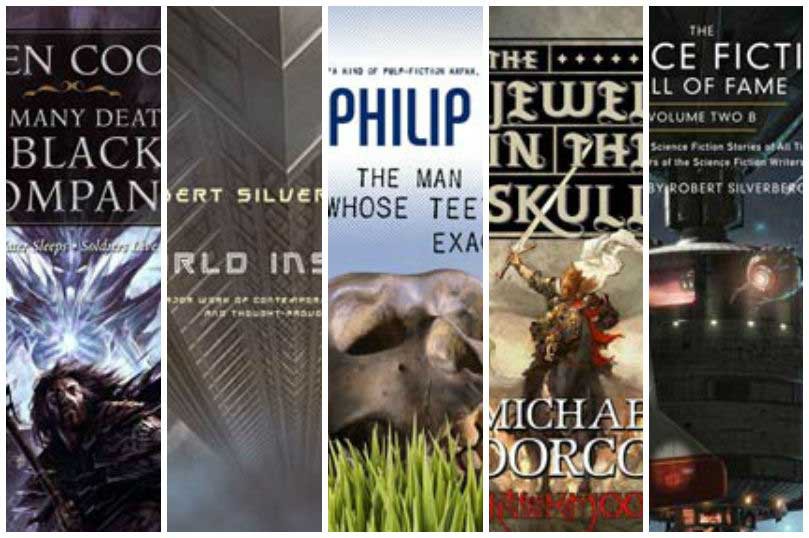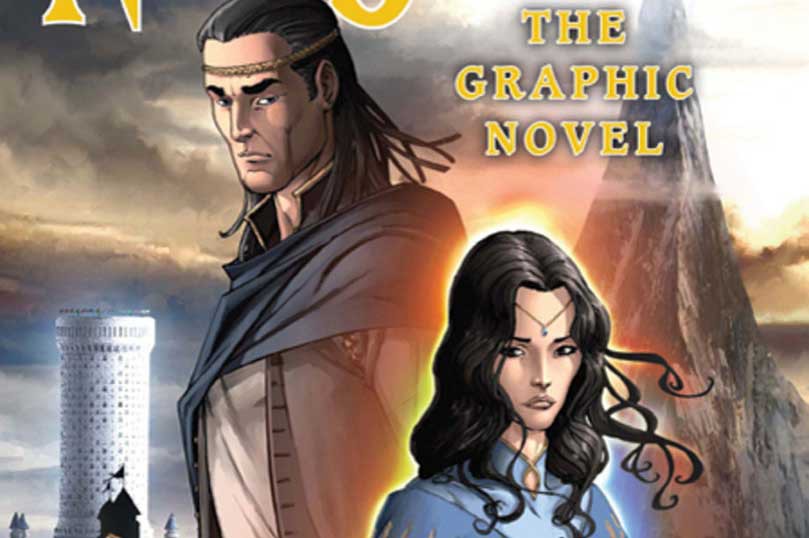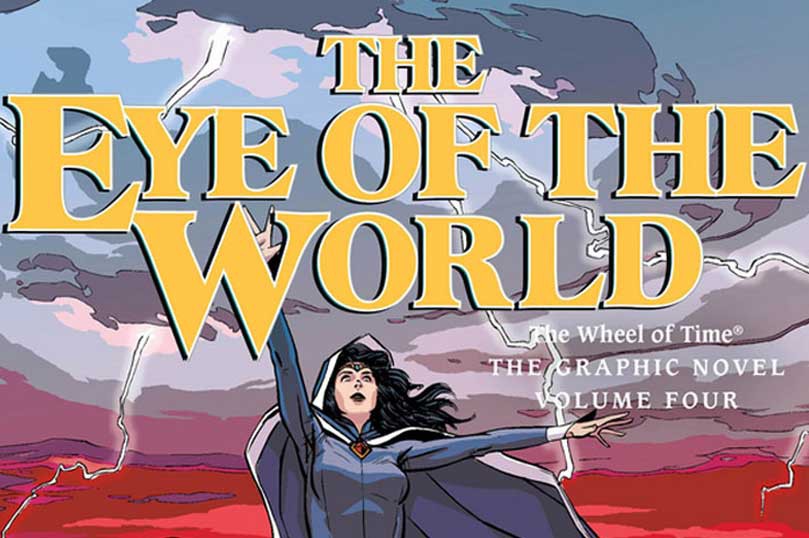By Melissa Ann Singer, Senior Editor
When I started at Tor in the mid-1980s, there were perhaps a dozen full-time staffers and a handful or so of part-time and freelance staff. Our offices on 36th Street were a tiny, mostly windowless warren crammed to the rafters with staffers, desks, manuscript shelves, and piles and piles of paper. The clearest spaces were the copy room/mailroom and the accounting office, but even there every inch of space did double or triple duty. I don’t want to think how many fire codes we violated on a daily basis.
Tom Doherty had an office. Barbara Doherty and the rest of our financial department shared their office—perhaps the largest single space we had—with Ralph Arnote, our Sales Director. Beth Meacham had an office and her assistant had a cubicle. Tom’s assistant’s desk was in what passed for a hallway.
At the end of that hallway was a little cul-de-sac which was shared by Nancy Weisenfeld, our managing editor, and Joe Curcio, our art director. It wasn’t really a room and it wasn’t really a hall, just sort of a wide-ish dead end. Nancy had a desk and most of the rest of the space was full of manuscripts.
Joe had a drafting table, but he only came in on Fridays, so the rest of the week, David Hartwell and I shared the table. We each came in two days a week (which enabled me to avoid receptionist duty). All my manuscripts were at home, in a six-foot-long, knee-high stack. The drafting table was right by the heating vent, and to this day I have a tiny scar on my forehead from the constant stream of hot air that blew on me all winter.
When Tom announced that we were moving to a brand-new space on 24th Street—a space that was being built for us—there was dancing in the halls! Well, actually, there was jumping up and down, because there really weren’t any halls . . . .
We brought in the stuff we had at home so that we could shove it into boxes. We packed for days . . . there didn’t seem to be any end to the packing. And then it was moving day, and there didn’t seem to be any end to the boxes . . . how we fit that much stuff into that tiny space is mystifying to this day. I’m half-convinced that Nancy Weisenfeld had a pocket universe under her desk.
The 24th Street offices felt so big. They had windows! Natural light! Carpeting! Enough furniture for everyone to have a desk and a chair of their own! I remember being there alone one evening soon after we moved in and just marveling at how huge and empty the spaces were. Everyone had keys, so whoever was there last could lock up and whoever got there first in the morning could open up. And there were two bathrooms. (Once, when the cleaning crew hadn’t been in the night before for some reason and accounts were coming to call, editorial scrubbed the bathrooms.)
As with every Tor office, the place on 24th Street had its idiosyncrasies. For instance, only about half the offices had walls that went all the way up to the 12 foot ceilings. The rest of us had cubicles of various sorts or offices with nine foot-high walls. Editorial could have meetings without ever leaving our desks; all we had to do was lift our heads and slightly raise our voices. We threw stuff at each other over the walls (not manuscripts).
Wanda June Alexander’s daughter Raya was pretty young then, and on days when there was no school she’d often come to work with her mother. She liked to play and do her homework under my desk, which was roughly the size of an aircraft carrier. There was even a little shelf down there that was just the right size for some small toys or a snack. She was usually so quiet that I’d almost forget she was there . . . and then a little voice down near my feet would ask, “how do you spell elephant?” And we’d sound it out together.
One day, one of the Tor kids accidentally locked herself in one of the offices—an office whose usual inhabitant was not there, so we didn’t have the key to the door. The child couldn’t get the door open from the inside for some reason—small hands, nervousness, who knows? Several of us tried to coach her from outside with no luck. Finally, Hans, an editorial assistant who was six-foot-something, climbed onto the assistant’s desk outside the office and went over the wall. He twisted his ankle a bit on landing, iirc, but opened the door and rescued the little one. Our hero!
Before long, that 24th Street space, which had seemed so large, was crammed full. There were people, books, and manuscripts everywhere. Once again, people were working in hallways and cul-de-sacs; single-desk offices had become two-desk offices and spaces which weren’t offices at all had tables and chairs squeezed into them.
So we moved again, into the landmark Flatiron Building. This time, we only had to pack the contents of our desks and our personal belongings; the movers did the rest. Hooray! My biggest problem was my office ficus tree, which was at least ten feet tall. I had to cut off the top couple of feet to fit it into my new space, but it survived and did well until a harsh winter with too little sunlight did it in, a few years later.
Working in a landmark is kind of strange. Tourist buses drive by all the time; until my window was sealed up a couple of years ago when the air conditioner was put in, I could hear the guides’ spiels even though we’re up on the 14th floor. People regularly ask if we have a gift shop or observation deck (no and no) or ask us to take their picture standing in front of the pointy end (well, technically, all three corners are pointy, since the building is triangular, but the front is generally referred to as “the point”—and yes, we take photos for people). Most of us refer to the Flatiron as “she,” since to us, the building looks so shiplike, sailing up the avenue with that narrow prow out in front.
When we first moved in, the Flatiron was not quite 100 years old and had the last working hydraulic passenger elevators in New York. The elevators were very bouncy—we used to tell new hires to take Dramamine before coming to work—and once, when a tank burst, the building’s lobby flooded, just like in The Shining! Now we have new, modern elevators that have been retrofitted to look like the original cabs from 100 years ago. Way cool.
The whole Flatiron’s been thoroughly scrubbed, repaired, and modernized (to an extent—it is a landmark) inside and out since we moved in. The statue at the top of the building’s nose, heavily damaged by pollution, acid rain, and age, was recreated from original drawings and dropped into place with a building-shaking THUD one morning several years ago. We temporarily relocated to the 19th floor for a few months while 14 was being completely renovated—and while our views from 14 are special, the views from 19 are spectacular!
We’ve been back at the old stand ever since. From Tom’s office on 14, you have a great view of Madison Square Park, which is lovely in every season. You can look up Fifth Avenue and spot Central Park in the distance, and look north along Broadway as far as Times Square. My own window looks west, which gives me plenty of natural light (good for me and my little garden and lets me keep the fluorescents off most of the time). Since there’s nothing really tall between us and the horizon, I get to see some pretty fantastic sunsets and to watch the weather coming in from over New Jersey.
The oddest thing about working in the Flatiron is that none of the offices are the same size or shape and almost none of them are square. And there’s only one bathroom on each floor (men’s on the even floors, women’s on the odd [and yes, there is a 13th floor]).
When we first arrived, we had plenty of room on our single floor. But again, Tor kept growing, and now we have people working on two floors . . . and while we only occupy about ¼ of that second floor, we think of it as the first step in the Tor takeover of the entire Flatiron <insert evil laugh here>. Next comes the zeppelin mooring mast on the roof, and that Van de Graaf generator for the basement … .
…………………………
From the Tor/Forge April newsletter. Sign up to receive our newsletter via email.
…………………………
More from our April newsletter:















